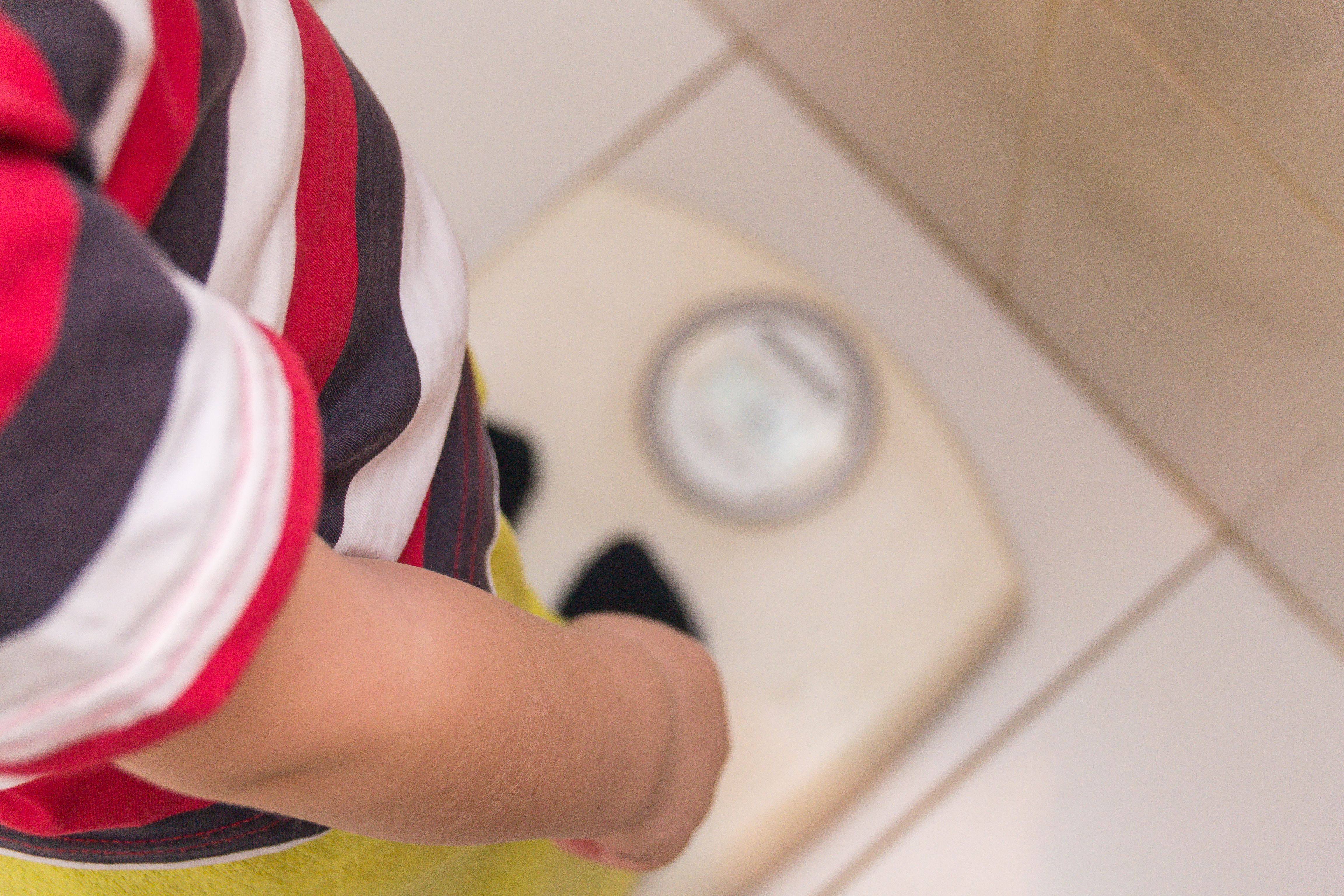Publication
Article
Pharmacy Times
The Lifesaving Role of Continuous Glucose Monitors and Wearable Devices
Author(s):
Key Takeaways
- Pharmacists are essential in diabetes management, utilizing CGMs to provide real-time glucose monitoring and prevent emergencies.
- CGMs offer continuous glucose data, allowing for timely interventions, but face challenges like cost, sensor malfunctions, and technical issues.
These tools provide real-time data, enabling earlier intervention and prevention of serious health complications.
As health care evolves, pharmacists are playing expanded roles that go far beyond dispensing medications. One of the most transformative areas they are leading is in the management of diabetes, particularly through continuous glucose monitors (CGMs) and wearable technologies.1These tools are not just innovative; they are lifesaving. For individuals with diabetes, CGMs provide real-time data, allowing for earlier intervention and prevention of glycemic emergencies. Alarms and alerts are often the first and sometimes the only warning before a dangerous glucose level results in unconsciousness or another medical emergency.2,3
Image Credit: Andrey Popov | stock.adobe.com

From Finger Pricks to Real-Time Monitoring
Not long ago, the only way for individuals with diabetes to check their blood sugar was through finger-prick testing, often multiple times a day. These methods, though effective, provided only immediate readings that could not show how glucose levels were trending over time. This meant dangerous highs or lows could go unnoticed until symptoms became severe.
The shift to CGMs has been revolutionary.2 CGMs work by measuring glucose levels in the interstitial fluid beneath the skin, providing real-time data 24 hours a day, unlike traditional blood glucose meters that provide only a snapshot.3
The Alarm That Saved my Sister's Life
This lifesaving capability is something I’ve witnessed personally. My sister, who has type 1 diabetes, was asleep one night when her glucose dropped to a critically low level. She was completely unaware and showed no symptoms that would have woken her. Luckily, her CGM triggered an alarm that woke up her fiancé. He was able to respond in time, waking her and administering glucose. Without that alert, she might not have survived the night.
This experience deeply reinforced my belief in the importance of these technologies and the role of pharmacy-led services in helping people understand and use them effectively. That alarm, as simple as it was, saved my sister’s life. It’s moments like these that prove these technologies are essential. They save real lives, including those of the people we love.
Firsthand Experience: Understanding CGMs Through Personal Use
I had the incredible opportunity to personally test out a CGM. That hands-on experience was eye-opening. Wearing the sensor gave me a better appreciation for what my patients go through, how it feels, how it functions, and how quickly glucose levels can change based on food intake or missed meals. It helped me understand the importance of interpreting trends, not just numbers. Now, when counseling patients, I can explain in detail how the sensors work, what to expect from alerts, and how to respond. That experience made me a better, more empathetic pharmacist.
The Pharmacist's Role in CGM Use
Pharmacists are in a unique position to help patients fully benefit from CGMs. As some of the most accessible health care professionals, they can ensure patients get the most from CGM technology by training patients how to set and respond to alarms, supporting them in interpreting the data, assisting with pairing the device to the patient or caregiver’s smartphone, and educating caregivers on how to read the data and respond.
Compatibility With Devices
One of the most powerful features of modern CGMs is their wide compatibility with smartphones.3,5 Many CGMs can transmit glucose data directly to phones via their respective apps, and they have the option to invite family members to access the glucose data. For those managing diabetes, this access allows users to view their levels instantly and discreetly.
Challenges and Limitations
Although the benefits of CGMs are significant, patients often face challenges that need to be addressed to ensure optimal use. The most common concerns include the following1,3-5:
• Cost and insurance barriers: Affordability remains a major barrier, as patients have difficulty accessing CGMs due to high out-of-pocket costs or limited insurance coverage.
• Sensor failures and malfunctions: CGMs rely on delicate sensors that can sometimes fall off, provide inaccurate readings, or stop working before the allotted wear period specific to each device.
• False alarms: Even the most accurate devices can occasionally produce false alerts, especially during rapid changes in blood sugar. This can lead to alarm fatigue, in which patients begin to ignore or downplay important alerts.
• Technical barriers: Not all smartphones support CGM apps. Operating system updates, app glitches, or Bluetooth issues can all interfere with data transmission.
Other Wearable Health Devices
In addition to CGMs, there is a growing range of wearable health devices such as smartwatches, fitness trackers, and smart rings. These tools can display heart rate, sleep quality, blood oxygen saturation, temperature, and other measurements to promote wellness and detect early changes in health status.6 For example, consistent tracking of heart rate trends may alert someone to an abnormal heart rhythm, encouraging earlier medical evaluation. However, it is important to emphasize that these tools are not medical devices and should not replace regular visits with health care providers.
Although they offer useful data and encourage healthy behavior, they are supplemental, not diagnostic. Patients should always discuss wearable data with their health care providers rather than rely solely on apps or charts to make decisions about their health.
Conclusion
CGMs represent one of the most important advancements in diabetes care in recent decades, having transformed diabetes care.1,2 Their ability to provide real-time alerts makes them not only helpful tools but also lifesaving devices. CGMs have given patients, families, and health care professionals the power to intervene and, in many cases, to save lives. As accessible health care providers, pharmacists can educate patients on how to best use these devices, empowering them to take charge of their own health care.
REFERENCES
Afridi Z, Rauf SA, Ashraf SMN, Haque MA. Transformative advances in continuous glucose monitoring and the impact of FDA over-thecounter approval on diabetes care. Health Sci Rep. 2025;8(4):e70747. doi:10.1002/hsr2.70747
Continuous glucose monitors. American Diabetes Association. Accessed June 17, 2025. https://diabetes.org/advocacy/cgmcontinuous-glucose-monitors
Miller EM. Using continuous glucose monitoring in clinical practice. Clin Diabetes. 2020;38(5):429-438. doi:10.2337/cd20-0043
Weighing CGM pros and cons. Danatech. Updated February 2025. Accessed June 17, 2025. https://www.adces.org/education/danatech/ glucose-monitoring/continuous-glucose-monitors-(cgm)/cgm-101/pros-cons-of-cgm
Galindo RJ, Aleppo G. Continuous glucose monitoring: the achievement of 100 years of innovation in diabetes technology. Diabetes Res Clin Pract. 2020;170:108502. doi:10.1016/j.diabres.2020.108502
Canali S, Schiaffonati V, Aliverti A. Challenges and recommendations for wearable devices in digital health: data quality, interoperability, health equity, fairness. PLOS Digit Health. 2022;1(10):e0000104. doi:10.1371/journal.pdig.0000104
Newsletter
Stay informed on drug updates, treatment guidelines, and pharmacy practice trends—subscribe to Pharmacy Times for weekly clinical insights.






